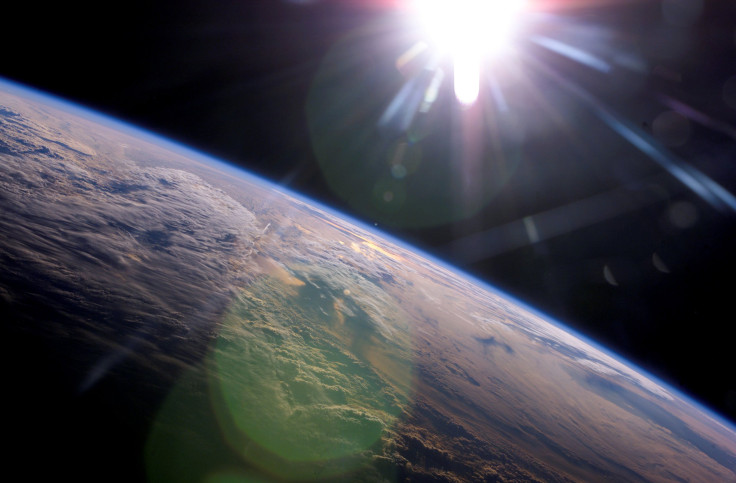Earth At Perihelion: What Is It? Interesting Facts About The Phenomenon
The Earth will be reaching perihelion this week. This means our home planet will be at its closest point to the Sun.
The Earth orbits around the Sun on an elliptical axis. This means that at certain points in the orbit, the planet is at its closest to the star, and its farthest at others. This week, the Earth will be at Perihelion, which pertains to the point in its journey where it's at its closest to the Sun.
This usually happens about two weeks after the December Solstice. And this year, at 11:17 a.m. Eastern Time on Jan. 4, the distance between the centers of the Earth and the Sun will be 91,403,034 miles.
The name Perihelion is derived from the Greek words "peri," which means "near," and "helios," which means "Sun," it also happens to be the name of the Greek God of the Sun. Combined, the word means "close to the Sun."
The phenomenon doesn't cause any obvious changes on Earth. But by observing it and understanding why it occurs, people can have a better understanding of how the Earth moves in space.
Later in the year, in early July, the Earth will reach the Aphelion point, which is the planet's farthest point from the Sun.
Let's have a look at a few interesting facts about the phenomenon. (Courtesy: National Today, EarthSky, TimeandDate, The Old Farmer's Almanac)
- The Earth is said to revolve the fastest during Perihelion.
- The dates when the Perihelion and Aphelion occur are not always the same every year. In 1246, for instance, the December Solstice and Perihelion happened on the same day, Dec. 21, and moved apart from each other by a day every 58 years.
- For the Northern Hemisphere, it's rather interesting that Perihelion, when the Earth is closest to the Sun, happens during winter, while Aphelion happens in the summer.
- The Earth's seasons aren't affected by the Perihelion because it's the planet's tilt, not its distance from the Sun that influences the changing seasons.
- The difference in the distance between the Earth and the Sun at Perihelion is subtle as it only changes by about 3%.
- It is estimated that in the year 6430, the Perihelion will coincide with the March equinox, which tends to happen on March 19, 20 or 21 each year. This year, for instance, it will be at 17:24 EDT on March 20.
- While there is no obvious difference on the planet during Perihelion, the planet receives 7% more solar energy at this time than at other in its journey.
- During the Aphelion later this year, the Earth will be 94,506,364 miles away from the Sun.

© Copyright IBTimes 2025. All rights reserved.






















